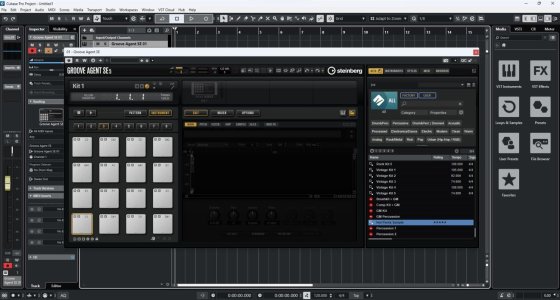I had to install another 10 programs to get it to work (the same old Steinberg download assistant, install assistant, assistant to the download assistant, etc.)
I don't use Dorico, however with C13 you should only be using the Steinberg Download Assistant (SDA) and the Steinberg Activation Manager. (SAM) Those are the only 2. If you have a dongle, with prior stuff, yes, that does add to the issue, (eLicenser) but they should work together without issues. Over time that should be resolved where everything should be on SAM.
Fwiw, I too wish they would have not abandoned the dongle, but it was obviously a business decision. With exception of a few who made unsubstantiated claims, copy protection was perfect with the dongle going back quite a few years.
Sheesh...I keep adding to this.
When C7 was released, that included the new mix consoles as you are referrng to. That alone was a huge jump, and a lot of users prefered to stay with C6.5. Ironically, my feeling today is that the built-in tools that were included in the C7 mix consoles are greatly under-used.
Why is that? GUI? 3rd party tools always sound better? 3rd party looks better Drop-down configuration?
For myself, the Cubase stock EQ is my most used EQ. It's used on tracks that are hardly audible, or simply don't require a higher end EQ. I compose pop, usually 100-200 tracks. If I want a better EQ I'll reach for clean ProQ3, Pultec or Manley for distortion or MDWEQ for surgical.




 ), but the tip you shared will surely be handy when recording ensembles, having both hands on the keyboard! Thank you very much! I really don't do ensembles very much, essentially record each line separately, but your tip made it much more natural once the need arises!
), but the tip you shared will surely be handy when recording ensembles, having both hands on the keyboard! Thank you very much! I really don't do ensembles very much, essentially record each line separately, but your tip made it much more natural once the need arises!



